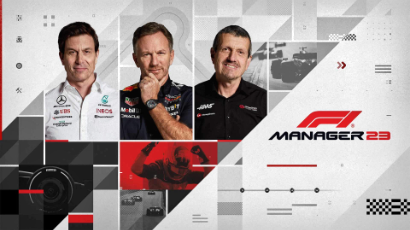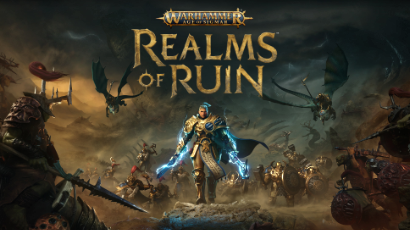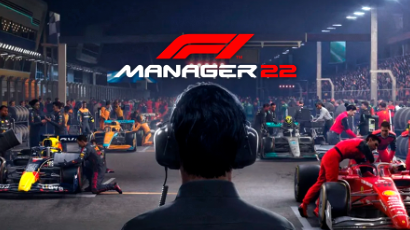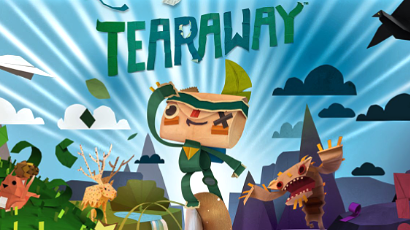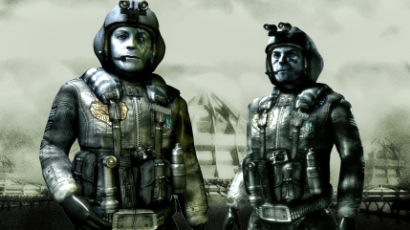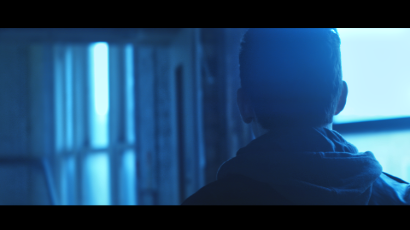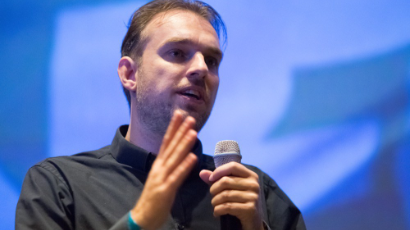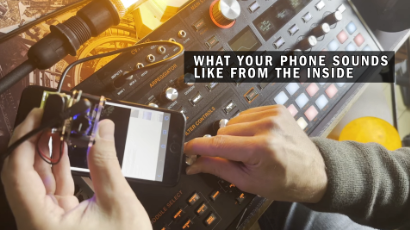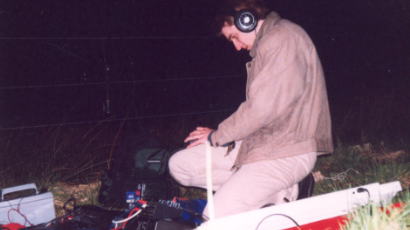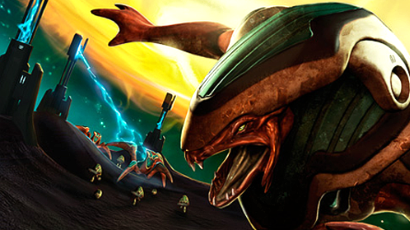Game Audio - Shipped Titles








Media Composer



Conferences and Mixed Media




Music for Games



Kobbalaa

Composer and Sound Effects
2009 / Zuidhof
Waterways

Composer, Sound Effectsn
2010 / rough cookie / taito

Aqua Antics
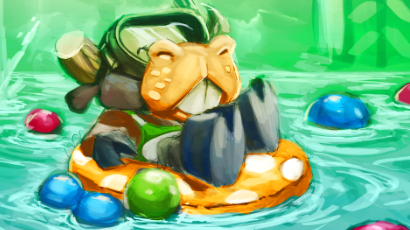
Composer and Sound Effects
2009 / Chillingo


 © 2023 Frontier Developments, plc. All rights reserved. Frontier and the Frontier Developments logo are trademarks or registered trademarks of Frontier Developments, plc
© 2023 Frontier Developments, plc. All rights reserved. Frontier and the Frontier Developments logo are trademarks or registered trademarks of Frontier Developments, plc
Elite © 1984 David Braben & Ian Bell. Frontier © 1993 David Braben, Frontier: First Encounters © 1995 David Braben and Elite Dangerous © 1984 - 2023 Frontier Developments Plc. All rights reserved. 'Elite', the Elite logo, the Elite Dangerous logo, 'Frontier' and the Frontier logo are registered trademarks of Frontier Developments plc. Elite Dangerous: Odyssey and Elite Dangerous: Horizons are trademarks of Frontier Developments plc. All rights reserved.
Planet Zoo © 2023 Frontier Developments plc. All rights reserved. Planet Coaster © 2023 Frontier Developments plc. All rights reserved.
Jurassic World Evolution 2 © 2022 Universal City Studios LLC and Amblin Entertainment, Inc. All Rights Reserved. © 2022 Frontier Developments, plc. All rights reserved.
Planet Coaster © 2023 Frontier Developments plc. All rights reserved.
© 2018 Universal Studios and Amblin Entertainment, Inc. Jurassic World, Jurassic World Fallen Kingdom, Jurassic World Evolution and their respective logos are trademarks of Universal Studios and Amblin Entertainment, Inc. Jurassic World and Jurassic World Fallen Kingdom motion pictures ©2015-2018 Universal Studios, Amblin Entertainment, Inc. and Legendary Pictures. Licensed by Universal Studios. All Rights Reserved. 'PS', 'PlayStation', and 'PS4' are registered trademarks or trademarks of Sony Interactive Entertainment Inc. All other trademarks and copyright are acknowledged as the property of their respective owners. This audio show-reel highlights the work of the audio team. It has not been endorsed by Frontier Developments or Universal pictures.
©2014 Sony Computer Entertainment Europe. LittleBigPlanet is a trademark of Sony Computer Entertainment Europe. Developed by Sumo Digital Ltd.
Tearaway™ Unfolded © 2018 Sony Interactive Entertainment Europe. Published by Sony Interactive Entertainment Europe. Developed by Media Molecule. 'Tearaway' is a trademark of Sony Interactive Entertainment Europe. All rights reserved.
F1® Manager 2022 Game - an official product of the FIA FORMULA ONE WORLD CHAMPIONSHIP. © Frontier Developments, PLC. All rights reserved. THE F1 FORMULA 1 LOGO, F1 LOGO, FORMULA 1, F1, FIA FORMULA ONE WORLD CHAMPIONSHIP, GRAND PRIX AND RELATED MARKS ARE TRADE MARKS OF FORMULA ONE LICENSING BV, A FORMULA 1 COMPANY. THE F2 FIA FORMULA 2 CHAMPIONSHIP LOGO, FIA FORMULA 2 CHAMPIONSHIP, FIA FORMULA 2, FORMULA 2, F2 AND RELATED MARKS ARE TRADE MARKS OF THE FEDERATION INTERNATIONALE DE L'AUTOMOBILE AND USED EXCLUSIVELY UNDER LICENCE. ALL RIGHTS RESERVED. THE F3 FIA FORMULA 3 CHAMPIONSHIP LOGO, FIA FORMULA 3 CHAMPIONSHIP, FIA FORMULA 3, FORMULA 3, F3 AND RELATED MARKS ARE TRADE MARKS OF THE FEDERATION INTERNATIONALE DE L'AUTOMOBILE AND USED EXCLUSIVELY UNDER LICENCE. ALL RIGHTS RESERVED.
Renew or change your cookie consent | Cookie declaration
Warhammer Age of Sigmar: Realms of Ruin © Copyright Games Workshop Limited 2023. Warhammer Age of Sigmar, the Warhammer Age of Sigmar logo, Realms of Ruin logo, GW, Games Workshop, Warhammer, Warhammer Age of Sigmar, Stormcast Eternals, and all associated logos, illustrations, images, names, creatures, races, vehicles, locations, weapons, characters, and the distinctive likeness thereof, are either ® or TM, and/or © Games Workshop Limited, variably registered around the world, and used under licence. Sourcecode and technology © Frontier Developments plc 2023. ‘Frontier’ and the Frontier Developments logo are trademarks of Frontier Developments, plc. All rights reserved.
© Sony Interactive Entertainment LLC. "PlayStation Family Mark", "PlayStation", "PS5 Logo", "PS5", "PS4 Logo", "PS4", "PlayStation Shapes Logo" and "Play Has No Limits" are registered trademarks of Sony Interactive Entertainment Inc.
All other trademarks and copyright are acknowledged as the property of their respective owners.



